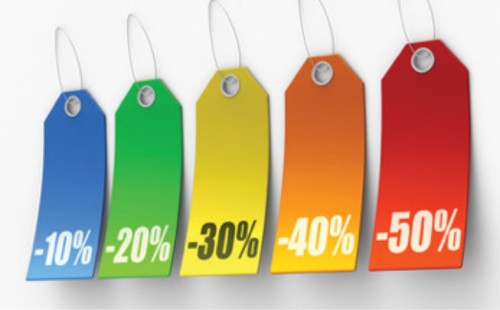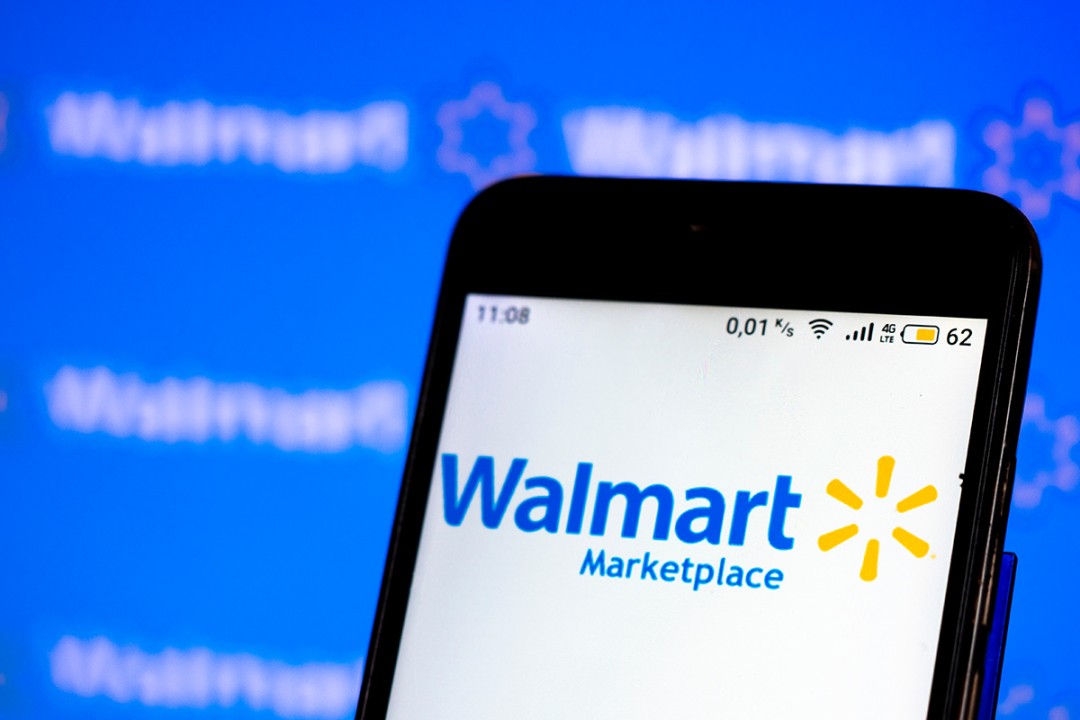
POTOO’s E-Commerce Price Defense Solutions
In today’s digital marketplace, Amazon and Walmart have revolutionized shopping. While these marketplaces and other known platforms offer brand growth opportunities, they also can bring…
Blogs | March 5, 2021
Building a successful marketplace strategy is all about collaboration with folks outside the eCommerce team. We see it constantly – a brand’s omnichannel strategy fails to get off the ground because marketing doesn’t speak to the merchandising team, who don’t speak to the eCommerce team, who don’t collaborate with retail operations. eCommerce teams must stop trying a copy/paste strategy of what worked on Amazon 1P and bringing it to 3P. We need to stop treating symptoms of downstream impacts of decisions that were made by other teams, in other departments, often years in the past.
It can be overwhelming to think that so many people need to be involved in the conversation – you’re stuck in stakeholder alignment and steering group purgatory. So we’ve identified seven different functions of your business that need to be aligned to build a more robust marketplace strategy, and what topics you need to discuss with them (and if you keep scrolling we’ve even given you a cheat sheet to help you create your dream team!).
1. Category Planning & Marketing Excellence
Let’s start at the beginning of the value chain. So much success in eCommerce can be attributed to your category strategy, the assortment your brand creates for each category, and the channels in which you sell your catalog. For many large organizations, it’s the category teams that define the 3-year roadmap for the assortment – and the ones that you need to influence at the right planning stage to ensure they begin to take your channel economics into account. Many global brands have been able to get Amazon 1P & Online Grocery into the planning process, so these are covered – but few companies are doing the same with the 3P side of the business.
Areas of alignment include:
* Differences in channel economics between 1P and 3P/Hybrid models and what FBA vs. 3PL mean for high turn SKUs or slow turn SKUs.
* Opportunity to de-list problematic/unprofitable SKUs from 1P to 3P, or create custom assortment around regimen/solution/bundle packs.
* Channel price/promo conflict and where the distribution leakage is coming from.
2. Commercial Excellence, NRM/RGM, Corporate Business Development
The unsung heroes of many organizations – these teams are responsible for KAM/Commercial enablement, joint business planning, trade promo strategy, category management, and portfolio profitability. We think of them as the “central nervous system” of the commercial function, so it’s integral you find ways to work with them as they will often own the marketplace’s role in your organization’s channel segmentation and channel strategy.
Areas of alignment include:
* Marketplace Channel Strategy – so you can scale your wins across as many regions as possible.
* Impact on trade terms/commercial contracts when needing to start thinking about commercial policy changes to avoid distribution challenges.
* Item level P&L/economics via RGM/NRM teams.
3. Legal Business Partners
It’s so incredibly important to get legal business partners matrixed into your eCommerce team in some capacity – you would be surprised at the number of global eCommerce businesses that don’t! Having a dedicated legal business partner who sits alongside your HR business partner will really help make things happen – from providing advice on MAP policy to SDAs where appropriate. Getting comfortable knowing how hard to push your unauthorized sellers in your escalation and communications program, and your tone of voice in doing so is very important to showing brand protection results.
Areas of alignment include:
* MAP policy where appropriate
* Authorizer Reseller Policy or Selective Distribution Agreements
* Brand protection / IP Violation / counterfeit escalation process
* Brand Registry ownership
4. Account Directors at Your Key Retail Partners
You need to be sensitive when approaching this function as the key account directors at Walmart, Target, Teso, Costo, etc. are the ones who are running promotions that can wreak havoc on marketplaces. Often stopping the distribution leakage that results in a lost buy box will have a volume reduction effect on your other channels (the product has to come from somewhere right?).
A retailer launching a big sale on your product will just see it ending up on marketplaces through avenues you can’t control and hitting your margin. It’s a good idea to suggest cart limiters to these stakeholders to mitigate against consumers buying in bulk to sell on marketplaces themselves.
Also, discuss promotion prices and consider limiting the top-end reduction price, so you can be in control of your margin. Once agreed, get these into distributor agreements to make sure you’re covered from all angles.
The aircover to trade traditional volume for profitability may need to come from regional/market leadership.
Areas of alignment include:
* Cart limiters on promos (do you really expect a shopper to buy 50+ units or can you limit it to 2 per transaction?).
* Limiting participation in category-wide promotions (40% off all brands within the Automotive category).
* Fewer price-offs and more points/loyalty reward discount mechanics to avoid reseller/flippers.
* Assortment differentiation strategy – tradeoffs between same catalog everywhere (price wars) and custom assortment by retailer which makes its way to Amazon/eBay regardless.
5. Field Sales Channels & Distributor Management
Many of the distributor contracts you might have with your partners could be out of date reflecting a retail market from 10 or 20 years ago. Speak to the people in charge of distributor management and make sure there aren’t any outdated clauses that at one time saw your brand support small high-street businesses to help them compete against Amazon. That was all well and good back in the day, but now, those retailers are digitally savvy and are probably using marketplaces to shift products themselves as a 3P seller which may not be the original intent of their trade terms. Shutting these folks off may not be possible depending on the legalities of your market, so chat with your commercial excellence and legal business partners
Areas of alignment include:
* Commercial policy & distributor segmentation framework
* Authorized reseller policy – coms & enablement strategy
6. Supply Chain & Demand Planning
The supply chain function is the team you will probably have to influence the most. They’ve been the punching bags of eCommerce for years (Frustration-free packaging? No way!) — These folks spend their days thinking several years into the future, and can often be blockers to the more agile, fast-paced digital projects you’re getting stuck into daily. Getting supply chain and demand planning involved in your marketplace strategy is crucial to getting it off the ground. And if they say “no”, be prepared to be a little flexible and try to build a business case that demonstrates how the change would be profitable for eCommerce, and in turn, the brand itself.
Areas of alignment include:
* Demand Planning – how do you build a channel strategy when no buying team holds inventory?
* Economics of 3PLs & Pre-Orders on Marketplaces
* Marketplaces as market entry/expansion opportunities
7. Business Intelligence
Data is vital for the success of your marketplace strategy, so having fully aligned KPIs and metrics about what marketplaces mean for your category/business is crucial. BI/Insights can act as command & control for the data/signals coming out of the new platforms you’re working with. Companies like POTOO can help you get the most out of the eCommerce information that is at your fingertips. By integrating marketplace analytics and compliance tracking into a full-data stack you’ll be able to keep an eye on media effectiveness, ROAS, and shelf positioning – as well as signs of non-compliance, poor reviews, and rogue listings.
Areas of alignment include:
* KPIs/metrics used to track success
Now, as promised, here is your one-page cheat sheet:
For any questions or suggestions specific to your brand, please reach out to our team by clicking here.
Follow us to stay updated!
Follow us to stay updated!
Protecting the world’s most valued brands in the online marketplace.

In today’s digital marketplace, Amazon and Walmart have revolutionized shopping. While these marketplaces and other known platforms offer brand growth opportunities, they also can bring…

The world of online shopping is changing fast, and digital marketplaces are gaining more influence. Walmart’s online marketplace is growing rapidly, which is a big…

Making informed decisions is the cornerstone of success. The rapid evolution of technology and the influx of data have created both opportunities and challenges for…